In the final instalment of its Life on Lockdown research, which has been running for the last 10 weeks, B&A concludes with some insights into how consumers are looking to the immediate future as lockdown restrictions are lifted over the coming weeks. From June 15 onwards, B&A will be launching Shaping Ireland’s Future which will examine how consumers re-engage with the world and what it means for different sectors.
Simple Pleasures of Summer
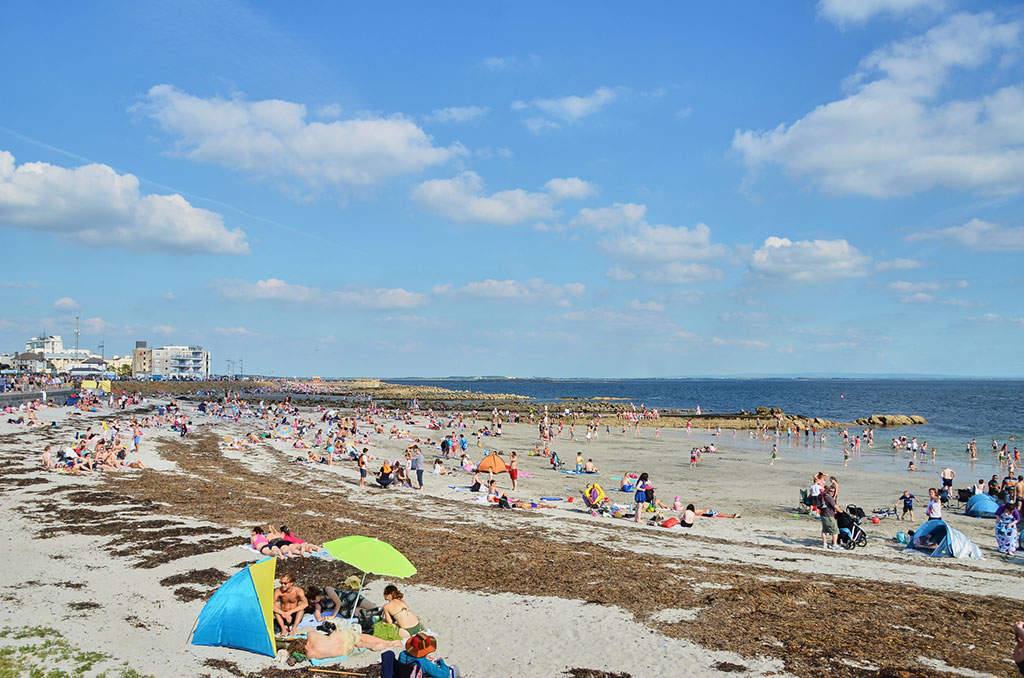
- The June bank holiday came along, and the sun came with it.
- Phase one of the road map offered us some new opportunities to get out and enjoy ourselves, venturing as far as 5 kilometres from home, with small groups of friends and family
- And we took advantage. We hit the beaches, the parks, the lakes, the woods, even the golf courses. We met up with people we haven’t seen since early March. And yes, meeting in person is an infinitely better experience than catching up on Zoom. We never thought we’d be so appreciative.
- While the pleasures experienced were simple; picnics, dips in the sea, sunbathing, bike rides, cheeky pints, they were pleasures none the less. We began to think that Summer 2020 might not be the total write off we feared. We just need to channel the spirit of 1950s Ireland. Get the barbecue out in preparation for the garden entertaining that we’ll be doing when we hit phase two. And pray to the gods that the sun holds up.
- As the initial threat of Covid 19 abates somewhat, with the numbers well down, we’re all relaxing a little. Maintaining 2m of social distancing at all times feels a bit less critical.
- High levels of vigilance and un-natural human behaviours, over a long period of time, was always going to be a colossal ask. The rules are there for a reason, yes, but strict application of them, in the manner of small children, is giving way to a more nuanced view on how they should be applied and when.
- Outdoors feels like a safe arena to breathe a bit easier.
Navigating ‘Out’
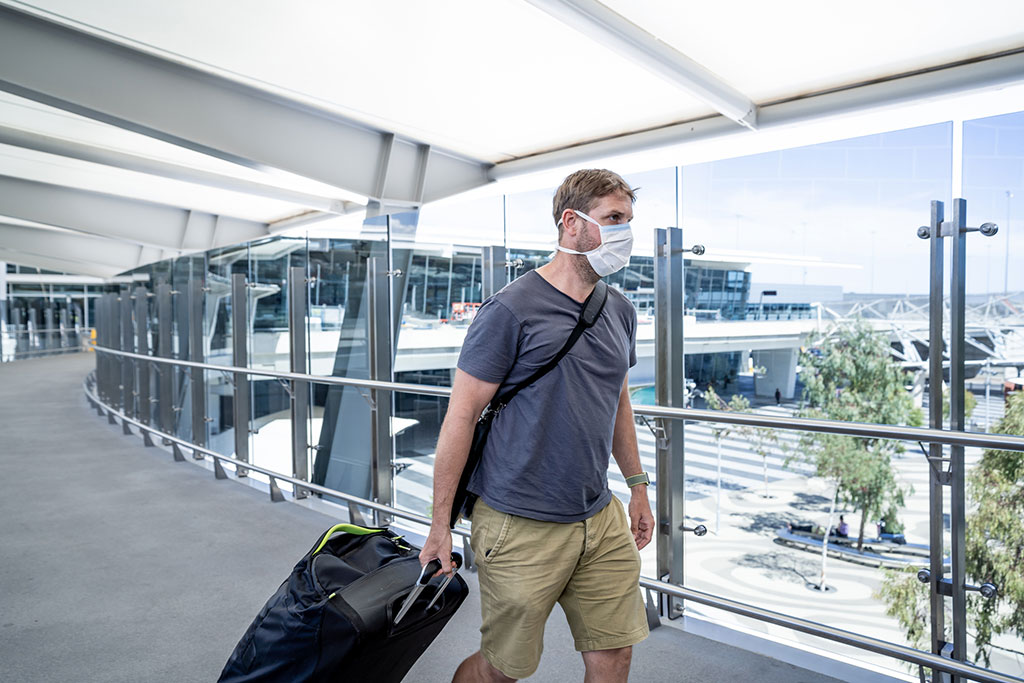
- Having said that, there is still a long, long way to go before we’re back to anything like life as it was in February 2020.
- There are whole aspects of life that still feel so distant. Getting on a plane again, eating in a restaurant, going to a gig, watching matches, meeting friends in a pub, clubs. Behaviours that were once such a normal part of the fabric of our lives, now high risk and contraband.
- As we turn our attention to these activities, we feel a bit like ‘prisoners released from jail’. How will we get back into the swing of this stuff when we’re able to? Is there a guide? Who will show us how?
- And just like lockdown was the same situation, experienced different ways (many boats, one storm), emerging from lockdown will take the form of many unique and individualised paths.
- Some can’t wait to throw themselves back in. Others will need specific reassurances and safety measures put in place. Another cohort may never return, no matter what.
- And this will have huge implications for our sense of unity across generations, the shared experiences that bring us together and that contribute so significantly to our Irish identity.
- We can see the emergence of a much more fractured human experience as we navigate our way out. And for a country like Ireland, that feels like a significant loss.
Letting our Guard down
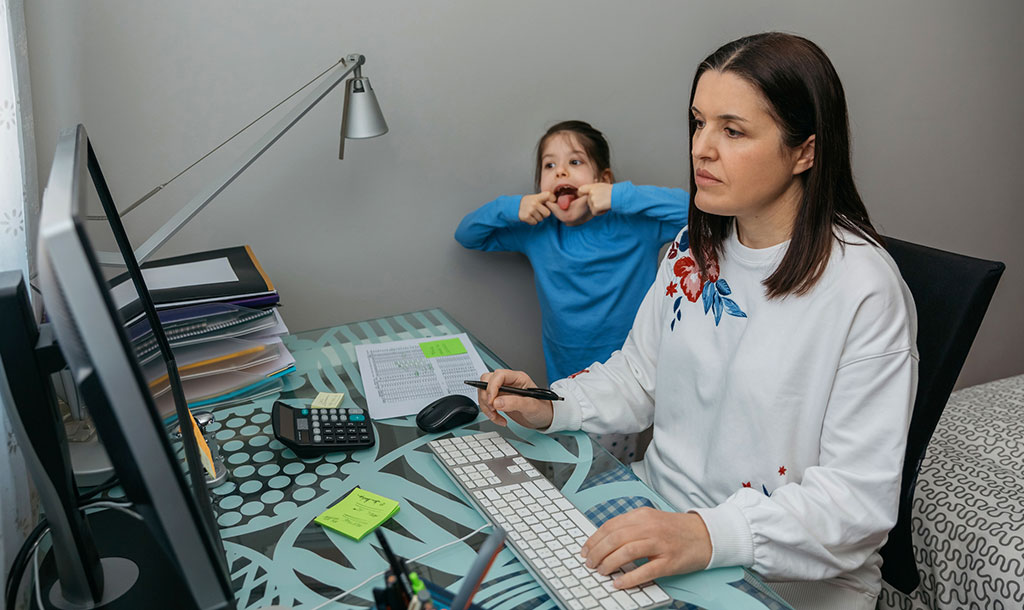
- One of the unanticipated consequences of lockdown is us becoming more open and honest about our lives, who we are, what we feel.
- The fronts and appearances we’ve maintained over the years have been partially dismantled.
- We’ve let colleagues and co-workers into our homes via Zoom. Our children, rather than being tucked away in nurseries and schools, have been present in the room, interrupting conference calls, making themselves felt.
- Polished ‘looks’ have been replaced with T shirts and jeans, our roots are showing, we all need haircuts (except those of us who’ve taken matters into our own hands, with varying results).
- More importantly, in the midst of a crisis, we’ve felt more empowered to talk about our true feelings. We’ve been discussing our fears, the rollercoaster of emotions we’ve been going through, finally giving honest responses when asked ‘how are you?’
- We’ve connected more deeply with others as they’ve shared their hopes and fears with us, over late night zoom calls, beer in hand.
- It will be interesting to see if this more open and raw interaction will continue. We can see a shift towards presenting life more as it actually is, rather than how we aspire for it to be.
- Early on in this crisis, there was backlash against celebrities addressing us from rose-petal filled baths and luxury super yachts and a renewed appreciation for ordinary people, doing unglamorous jobs to keep our society functioning.
- In this context, the rise of Tik Tok has been interesting. In contrast to the polished aspiration of Instagram, the tone of Tik Tok is more raw, unfiltered, highlighting the natural chaos of life, featuring ‘give it a go’ granddads as much as beautiful young influencers. It feels much more in line with the current Zeitgeist than other social media platforms.
- Embracing this greater authenticity may be a silver lining of our Covid 19 experience.
Retail Therapy
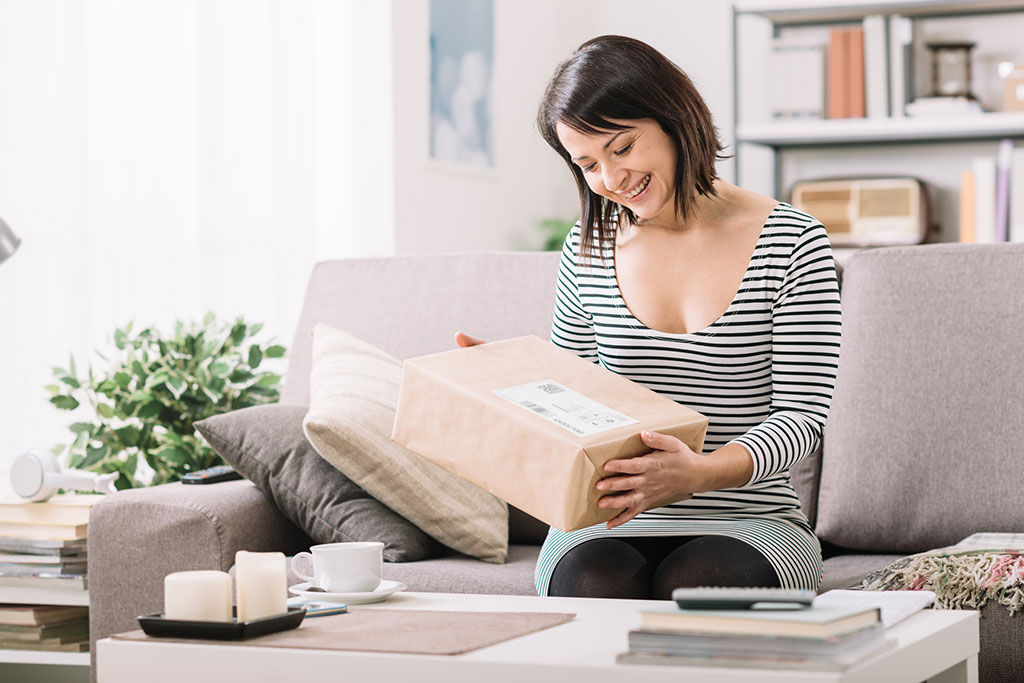
- In the continuing absence of non-essential retail, online shopping continues to be one of our best distractions right now.
- We’re discovering its joys. Browsing from the comfort of our own couch, glass of wine in hand, counting down the days until delivery, waiting in anticipation for the post man to arrive, the unwrapping and ‘reveal’.
- There’s been a mini-boom in ‘treating ourselves’ over the last few weeks. In the early days of the crisis, we felt bad buying non-essential items. That has largely abated and we now find ourselves in a bit of a ‘Covid payment bubble’ whereby we see the economic carnage coming down the line, but we’re currently shielded from it by government schemes.
- And while some of us are being sensible and holding back, others are taking full advantage.
- We’re giving many justifications for our spending, all of them interesting. We talk about the need to ‘keep the economy going’ and many of us are taking these duties seriously!
- But we’re mostly contrasting current spending with the ‘frivolous’ spending of old, where we ‘frittered’ money away on ephemeral stuff like coffees, lunches, taxis, drinks.
- What we’re buying now are more substantial purchases that we see as long-term investments in ourselves; bikes, fancy kitchen appliances, golf clubs. Rightly or wrongly, we believe these things will bring lasting value to our lives, delivering utility and pleasure in equal measure.
- Part of our motivation for buying these things now is the realisation that we may not be able to afford them in the near future. Now or never.
- Many of us are also buying clothes to show off in our ‘post lockdown’ lives. The motivations for this are less clear cut (beyond the ‘lift’ that buying clothes delivers), especially given that we don’t yet know when our new wardrobes will see the light of day. Perhaps our new top is a commitment to the future. A promise to ourselves that some day soon, we will return to the dance floor.
Back to the Future
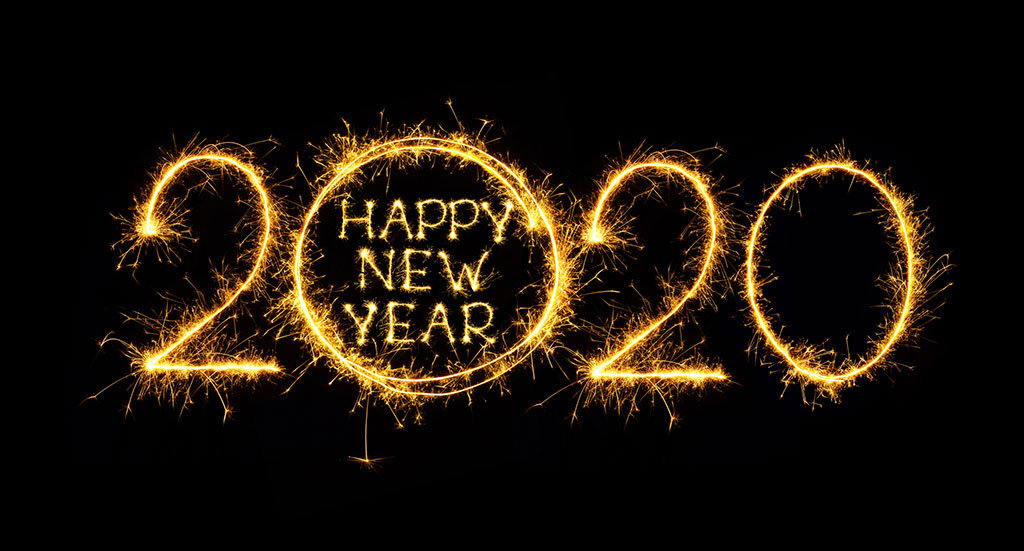
- The Covid 19 crisis has played a lot of tricks with our perceptions of time.
- When we initially locked down, we thought it would last a few weeks and we’d be back to ‘normal’ quickly. It gradually dawned on us that this situation would last a lot longer than we first thought.
- Our internal timeframes have shifted as we’ve gone on. Our expectations were initially set at ‘after Easter’, which quickly morphed into ‘early summer’ and then ‘late summer’
- Publishing the roadmap gave us more certainty, but even then, we find it hard to anticipate when we’ll be back to full participation in our offices, public transport, schools. When it will be practical to host large indoor events? When will we be able to travel as normal again? The end of the year? Beyond? The future is hazy.
- Part of this may be our own reluctance to face up to our new reality. Rather than properly engage with the future of festivals under social distancing (for example), a part of us hopes for the medical advance that delivers our ‘get out of jail free’ card and renders the discussion redundant.
- The tension between ‘waiting’ for something that will facilitate a return to what we knew before and ‘adjusting’ to a new reality has characterised this whole crisis.
- As the hope of a ‘quick fix’ diminishes, we find ourselves looking backwards, with nostalgia, at the fun times that are now denied to us. New Years Eve celebrations 2019, our last family holiday abroad, the big night out we got in before lock down, our best friend’s wedding, our last time in a fancy restaurant.
- We’re struggling to understand how social distancing gets incorporated into our worlds in the longer term. But we’re definitely not ready to accept that these festivities are gone forever.
Implications for Brands
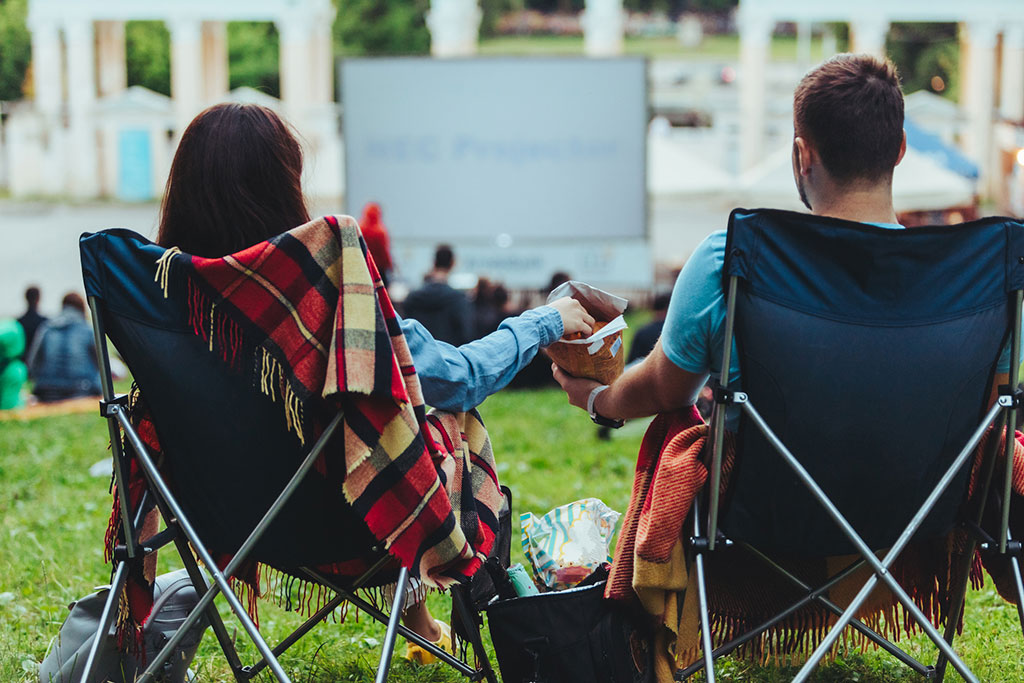
- Outdoor activities and socialising are the macro trends of the summer and there will be many opportunities for brands to deliver here. However, it’s worth thinking outside the box. There will be lots of interest in a new take on the picnic or BBQ occasion. Better still, creating something different entirely. If the Zoom quiz characterised the early lockdown period, can your brand come up with something that will define the summer months?
- The vibe now right is simple pleasures, back to basics, inspiration from summers gone by. That’s a fruitful territory to mine, both in terms of aesthetics and activations.
- As consumers navigate their way ‘back’ to normal practices, brands will need to engage with them to understand where they are in the process and what the barriers will be for them. While age and vulnerability play a significant role in the speed at which people return to normal, they aren’t the only factors in play.
- For brands that face significant challenges in persuading people to readopt old behaviours, it would be worth segmenting their customer base on the impact Covid 19 has had on their risk perceptions. Talk to the B&A team for more details!
- The shift towards more open and honest conversations and the need to present the world as it actually is rather than a dream to aspire to, has significant implications for how many brands talk to their customers. Think about your brand aesthetics, your brand’s spokespeople, the platforms and messages you use. Are they right for the current time?
- There’s a window of opportunity for those of us selling big ticket items that have demonstrable long term value. That window may close very quickly though, so strike now.
- Nostalgia is always a tricky emotion for brands to pull off. Done well though, it can be immensely powerful. It could be an interesting creative direction for the current times, but balancing the right degree of hope and realism in the execution would be crucial to its success.
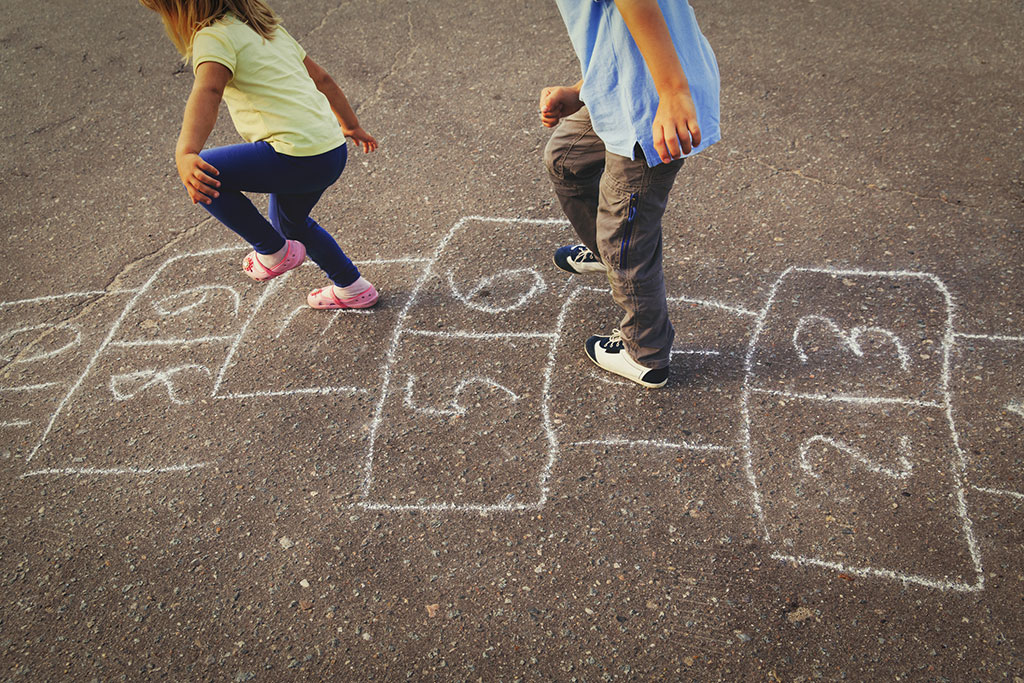
For more information on B&A and to access previous waves of the Life on Lockdown research visit www.banda.ie




















